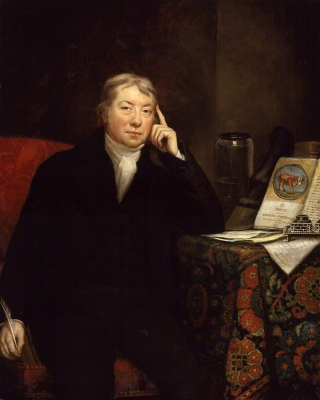Who was Pablo Picasso and when was his first exhibition?

Pablo Picasso has been called the greatest artist of the 20th Century. He was born on October 25, 1881 in Malaga, Spain to a respectable, middle-class family. His father Don Jose Blasco was a museum curator and painter who introduced Pablo to the world of art. He got Pablo enrolled in Madrid’s Royal Academy of San Fernando at the age of 16. At the age of 20, Pablo had his first major exhibition in Paris on June 24, 1901.
The exhibition kick-started Picasso’s career. He put in all his efforts to make it a success. He is believed to have produced as many as two canvases per day for the exhibition in a bid to display his full range and diversity as an artist. The exhibition included around 75 works, which touched on many of the subjects and themes he would explore in his later works - landscapes, street scenes, self-portraits and also portraits of society.
One of the most notable pieces on display was a self-portrait titled ‘Yo, Picasso’ or ‘I, Picasso’. It is an oil painting depicting Picasso at the age of 19 and appeared first in the exhibition catalogue. It was sold at a price of 47.9 million dollars in 1989 making it the most expensive painting ever to be sold!
Picasso dominated modern European art for nearly 50 years. He is the co-inventor of the modern art movement called cubism. Cubism depicts radically fragmented objects in a two-dimensional plane, rejecting the traditional techniques of perspective. Picasso produced more than 1, 47,800 pieces of art during his lifetime. When he died at the age of 91 on April 8, 1973, he was the richest artist in the world!
Picture Credit : Google







